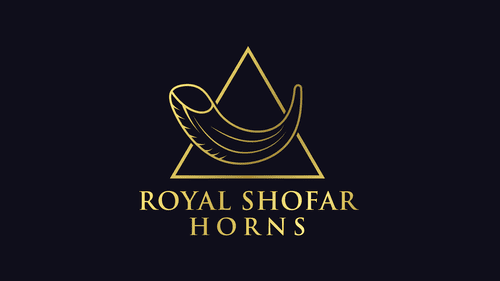מאמרים אודות שופרות
Kosher Shofar: an in-depth analysis of a complex subject
The topic of the kosher status of shofars is a fascinating and complex subject, combining halachic (Jewish legal), musical, cultural, and social aspects. As an ancient musical instrument, the shofar plays a central role in many Jewish ceremonies, particularly on Yom Kippur. The kosher status of a shofar, meaning its suitability for use in religious rituals, is determined according to strict halachic criteria. This article delves into the analysis of the kosher status of shofars in Israel and around the world, focusing on historical, halachic, and practical aspects.
The History of Kosher Shofars
The origins of the kosher status of shofars are rooted in the Torah and the commandments associated with Yom Kippur. The shofar is mentioned in the Torah as a tool to announce the beginning and end of Yom Kippur, with the act of blowing the shofar carrying deep symbolic and spiritual significance.
As Jewish law evolved, detailed rules and regulations were developed to determine the kosher status of the shofar. Rabbis and scholars have extensively discussed questions regarding the type of material used to make the shofar, its shape, size, acceptable defects, and other related issues.
Halachic Aspects of Kosher Shofars
Jewish law outlines precise criteria for determining the kosher status of a shofar. Some of the key criteria include:
- Material: The shofar must be made from the horn of a kosher animal, typically from a ram or a sheep.
- Shape and Size: There are specific guidelines regarding the shape and proportions of the shofar, ensuring that it adheres to traditional standards.
- Defects: Certain defects, such as cracks or holes, can render a shofar unfit for use in religious rituals.
- Shofar Preparation Process: The preparation of the shofar involves several stages, such as extracting the horn, cleaning, and processing it, all of which must be done in accordance with halachic rules.
Practical Aspects of Kosher Shofars
Determining the kosher status of a shofar is a complex task that requires halachic knowledge and a deep understanding of the subject. Certified rabbis, known as “shofar inspectors” or “shofar checkers,” are responsible for inspecting shofars and determining their kosher status.
The inspection process involves a visual examination of the shofar, checking its sound quality, and assessing its internal structure. This task requires considerable skill and familiarity with the nuances of the different sounds produced by various types of shofars.
Shofar Kosher Supervision in Israel and Abroad
In Israel, there is significant awareness of the kosher status of shofars, and thousands of shofars are inspected every year in preparation for Yom Kippur. Several organizations specialize in shofar inspection, providing this service to many Jewish communities.
Outside of Israel, the issue of kosher shofars is less prevalent, but some Jewish communities abroad are also mindful of this matter and strive to use kosher shofars in their religious practices.
Future Challenges
The kosher status of shofars is likely to continue garnering attention in the coming years. Future challenges include:
- Preserving Tradition: Ensuring the continuity of shofar inspection traditions and passing down the knowledge from generation to generation.
- Making the Shofar More Accessible: Finding ways to make shofars accessible to a broader audience, including those who may not be familiar with halachic requirements.
- Innovation: Exploring innovative methods for inspecting shofars, possibly incorporating advanced technologies.
Conclusion
The kosher status of shofars is a multifaceted and intriguing subject, combining halachic, musical, cultural, and social elements. The shofar, as an ancient musical instrument, plays a central role in many Jewish ceremonies, and its kosher inspection is an integral part of preparations for Yom Kippur.


 עברית
עברית

מגוון שופרות מהודרות לרכישה מהירה
deer shofar – size 55-60 cm
Yemenite Kudu Shofar – Strictly Kosher, 80-90 cm
Yemenite Kudu Shofar – Strictly Kosher, 90-100 cm
Yemenite Kudu Shofar – Strictly Kosher, 120+ cm
Yemenite Kudu Shofar – Strictly Kosher, 100-110 cm
deer shofar – size 35-40 cm
Yemenite Kudu Shofar – Strictly Kosher, 50-60 cm
deer shofar – size 25-30 cm
Shofar Oreix (Shofar Ram)
Yemenite Kudu Shofar – Strictly Kosher, 60-70 cm
deer shofar – size 30-35 cm
Yemenite Kudu Shofar – Strictly Kosher, 40-50 cm
deer shofar – size 50-55 cm
Yemenite Kudu Shofar – Strictly Kosher, 110-120 cm
Yemenite Kudu Shofar – Strictly Kosher, 70-80 cm
deer shofar – size 40-45 cm